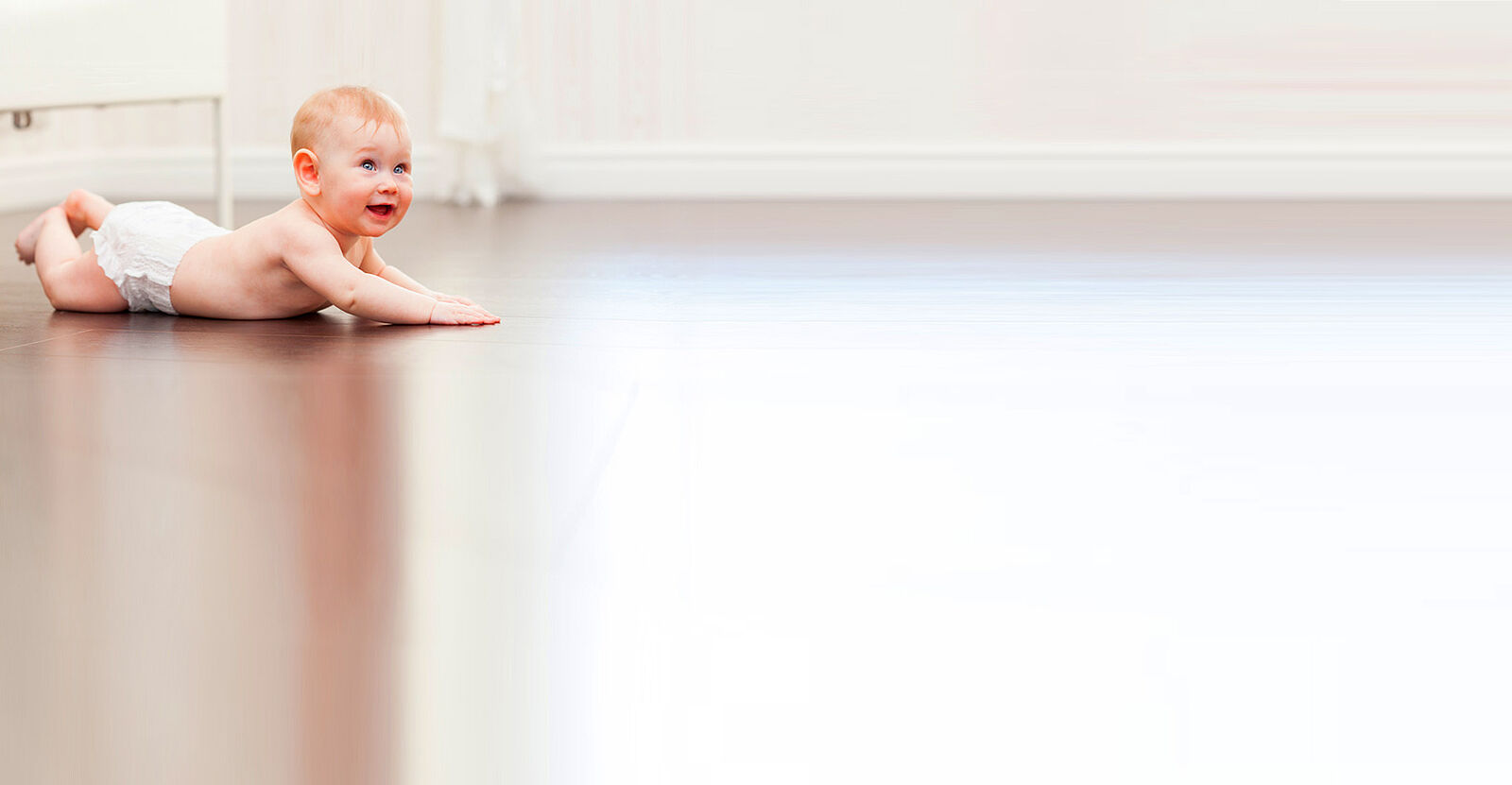Is underfloor heating harmful?
Are underfloor heatings harmful?
This statement is encountered again and again in connection with underfloor heating. Actually that's not entirely wrong - but unfortunately completely out of date. This assumption comes from the 1960s, when they had little experience with the underfloor heating, and these were often operated at surface temperatures well above 30 ° C. Then it could come to an increased spread of dust mites ascending in the hot air or even existing venous disease could be reinforced.
Modern underfloor heating reduces dust in the air
Modern underfloor heating functions differently. Temperature sensors ensure that the floor is heated only up to 28 ° C and does not heat up uncontrolled as in earlier days. That is important alone for reasons of energy efficiency and an electric underfloor heating can be automatically regulated much faster and more accurate compared to a conventional floor heating.
So the whole thing has now reversed: underfloor heating systems produce a very uniform, well distributed radiant heat, which does not cause violent air currents. Radiators on the walls, as they are still willingly fitted, take away not only space but above them rises a clearly noticeable warm or hot air stream. Under the radiators creates a suction which neatly can take up dust and transport the dust to below the ceiling. With the air cooling down, the dust is then distributed in the room - no fun for anyone with allergies.
Underfloor heating avoids moulds and dust mites
And another positive aspect has been discovered in the underfloor heating, which is in every case beneficial to health:
Molds are quickly anywhere, even if only in small quantities. Often in new carpeting or wallpaper paste. Under your shoes you wear it from nature into the house. The same is true with dust mites. Despite the most thorough cleanliness you will never be able to completely eliminate them. Humid air (over 60% rel. humidity) promotes growth of mites and mold. Underfloor heating provides for reduced humidity near the ground, what radiators on the wall can not manage, since the air flow generated by them falls to the ground and transports humidity with the cooling air - to the delight of mites and mould!
Thus, underfloor heating generates here especially for allergy sufferers a better indoor climate with less polluted air, the possibility of proliferation by reducing the humidity deprives fungus and mites on the ground.
Underfloor heating systems increase venous disorders and sweaty feet
That was the assumption by studies from the 1960s. And that may have been correct given the much higher operating temperatures of underfloor heatings. Heat is generally not good at existing vein problems. But no matter where it comes from! Current operating temperatures of underfloor heating systems are completely safe with venous diseases.
Those who suffer from sweaty feet, will in fact profit from underfloor heating. They now have the chance to go around barefoot much more often. This is not only good for the skin with sweaty feet, but overall good for the posture, muscles and bones. Not for nothing plead Orthopedists for decades to free the feet of shoes as often as possible. And especially the most Slippers not really offer an optimal orthopedic footbed! So an underfloor heating provides an opportunity for relaxation and regeneration of the body, in a generally more unhealthy working and everyday world.
